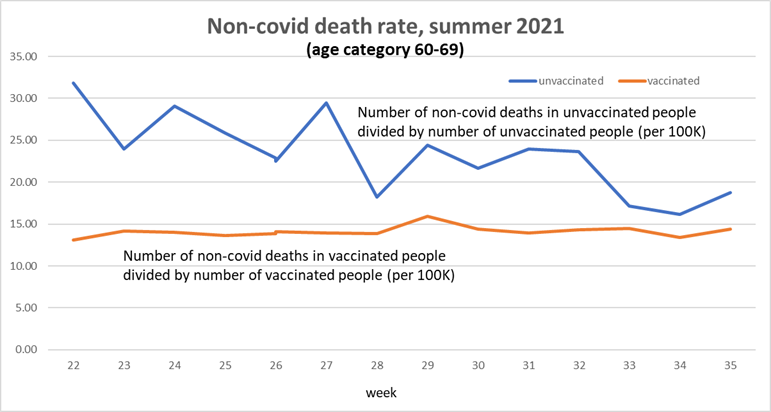
According to Victoria Derbyshire and her followers if her brother hadn’t had 3 jabs he’d be hospitalised or worse. I’d love to see the evidence for this.
https://twitter.com/vicderbyshire/status/1469354766560026624
I should clarify: while her followers say that the triple jabbed like her brother who get Covid are actually being saved by the vaxx, Victoria didn’t say that. But I find her follow up strange 

• • •
Missing some Tweet in this thread? You can try to
force a refresh












